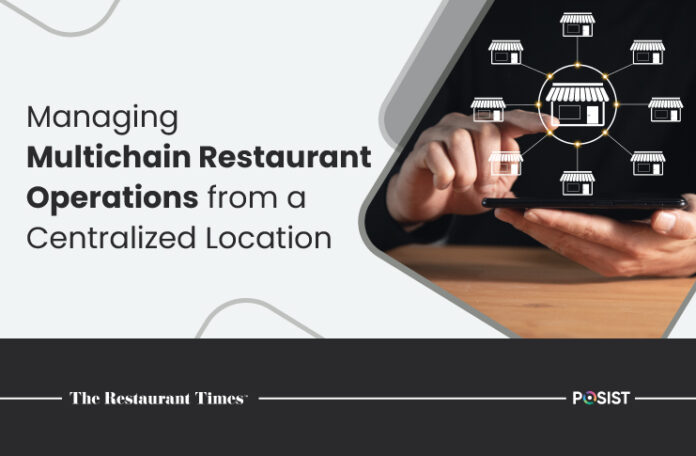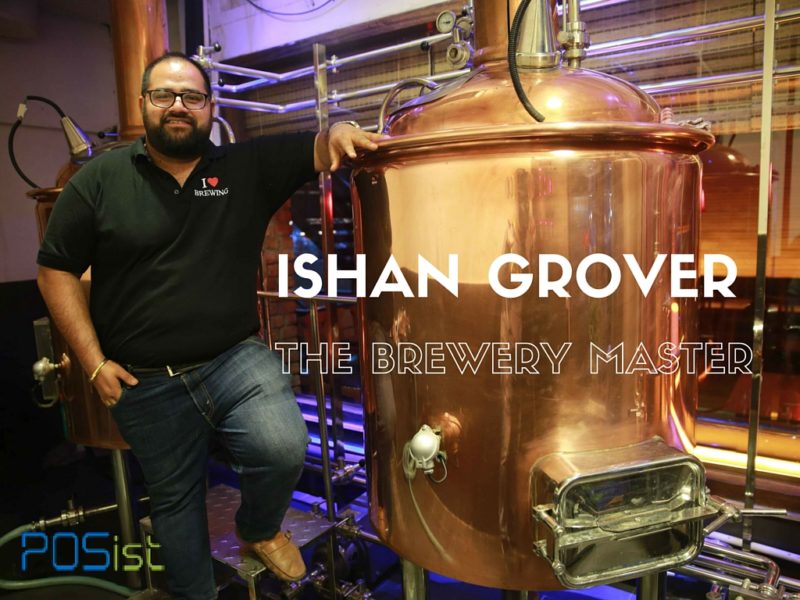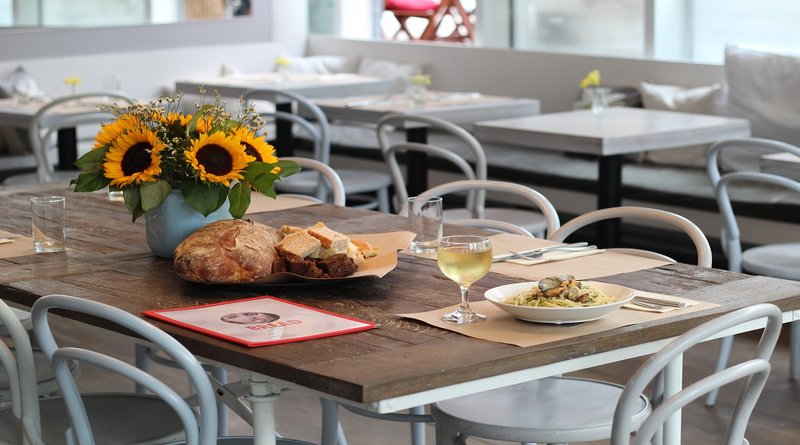Are you managing a multichain restaurant business? If so, then you are among the luckiest few restaurateurs who have realized their dream of establishing a multi-location restaurant business. Almost every restaurant owner wishes to have their restaurant units spread across multiple, but only a handful of people are able to achieve the feat.
Managing restaurants across multiple locations is indeed a challenging task, but it is a good pain to have. It means that guests love your food so much that one location just won’t cut it. You need to start multiple outlets and expand your business to serve more customers, generating more revenue and profit.
This article will discuss the different challenges of the multi-location restaurant business and how you can overcome them to oversee teams across multiple locations and ensure a consistent guest experience. In short, this guide has everything you need to know to successfully run restaurants across numerous locations, irrespective of whether you are already managing multiple restaurants or planning to expand.
Common Challenges With Managing A Multichain Restaurant
As a restaurateur, you must know how difficult it is to set up a restaurant business, but expanding the units to more than one location is a different ball game altogether. The challenges associated with managing a multi-unit restaurant business can be quite different, and it is advisable to take cognizance of the same before you start. So, here is a list of the four most common challenges you can expect while dealing with a multi-unit restaurant business.
-
Balancing between new and existing locations
Many restaurant owners get swept away in the excitement of expanding their business, overlooking and sometimes excluding the places and people essential to the business. The success of their existing units makes them less attentive to the actual ingredient of the achievement, which can negatively impact their business sustainability.
While setting up a new unit, you will have to pull resources from your existing locations over to the recent locations, either temporarily or permanently. Many business owners fail to recognize that experienced staff is one of the best brand ambassadors of a restaurant. They can indeed make the onboarding of new teams smooth and fast, but pulling off too many resources for too long can end up compromising the service quality of the flagship unit.
-
Managing overall performance
Once you become a successful multi-unit restaurant manager, your focus shifts from managing day-to-day operations to dealing with company-wide big picture issues. It means that you are not just concerned about sales at one location but need to look into the various factors that impact your sales across all sites. You will need to make decisions that might not augur well for one or some of the units but serves the purpose of overall good across all units.
The overall performance management in a multi-unit restaurant is easier said than done because of the uncertainties surrounding the implications of various business decisions. Thus, monitoring and managing performance remain one of the biggest challenges faced by restaurateurs while successfully setting up restaurant units across locations.
-
Creating a consistent guest experience
An essential part of streamlining a restaurant business is maintaining service quality and guest experience consistency. As a restaurateur, you should be able to acknowledge that consistency is mission-critical from a brand standpoint, especially when you are expanding your business to different locations. The customers will visit your restaurant at all locations with already set expectations, which you need to satisfy to fuel your business expansion.
When it comes to establishing consistent service quality and guest experience, standardizing operating procedures is key. It means that everything across locations, from employee hiring processes to recipes and maintenance checklists, must be identical. But there will always be certain location-specific things, such as customer preference, that will make the process of procedural standardization a challenging task.
-
Evading supply chain disruption
In any industry, supply chain management is essential to overall business performance. It depends on multiple factors, such as economic, political, and social, and any fracas in any of the underlying factors can disrupt the smooth running of the entire supply chain.
The restaurant industry’s supply chain comprises farms, manufacturing units, and warehouses to the restaurant’s kitchen rooms. Any disruption in the supply chain can eventually result in mayhem in the restaurant offerings, which can finally lead to a disgruntled customer experience. Hence, monitoring across locations to avoid supply chain disruption is challenging for managers engaged in the multi-unit restaurant business.
Tips To Manage Multichain Restaurants
In the previous section, we discussed how managing multiple restaurant locations could be difficult. Still, the good news is that it is not impossible as there are solutions to overcome these challenges. In order to manage multiple restaurant units across locations, you need to emphasize new-age technologies and implement industry best practices. So, here is a list of tips that can help you manage a multi-unit restaurant business.
-
Invest in POS system
Once your restaurant business grows to a multi-location level, you should consider investing in tools that can automate the day-to-day processes and manage a large volume of data to keep your business operations consistent and repeatable. A sound restaurant management platform helps you manage restaurant operations across locations in real-time by grouping them together and creating customized business reports.
Some of the features of a good restaurant management platform include online ordering, inventory management, kitchen order display system, etc. Besides, you also get access to different types of loyalty programs that help strengthen your relationship with clients by incentivizing them to keep coming back to your restaurant.
-
Create an organizational structure
In order to establish a successful multi-unit restaurant business, you need to set up clear responsibilities and communication. You can achieve it by incorporating an organizational structure in the system that communicates employees’ duties and responsibilities.
An organizational structure helps you gauge the performance of your staff and hold them responsible for their work. It also helps the management to promote a healthy workplace culture. Besides, it allows sufficient flexibility with your decision-making needed to brew connection and engagement within your staff.
-
Standardize your procedures
The success of a restaurant depends on its processes and procedures. So, you need to establish standardized procedures for running the multiple restaurant locations smoothly. A multiple-unit POS system can help your managers use standardized inventory and costing methods, menus items, ingredients, etc., across sites. A unified system enables you to hire suitable staff, control inventory, deal with customer complaints, and assign food preparation responsibilities.
-
Maintain a consistent guest experience
Finally, all the tips mentioned above will help you offer a consistent guest experience across restaurant locations. As already mentioned, the clients who fall in love with your brand visit your restaurant with pre-set expectations, which you need to satisfy, and that is where consistency of guest experience comes into play.
There is no doubt that managing multiple restaurant locations is a challenging task, and so you need to make a giant leap to take your business to the next level. You can achieve the feat with the right approach in the right direction, and investing in a flexible restaurant management platform and following the other tips will definitely help you tread the right path. So, we hope now you have a fair bit of idea on how to manage multiple restaurants across locations.

















